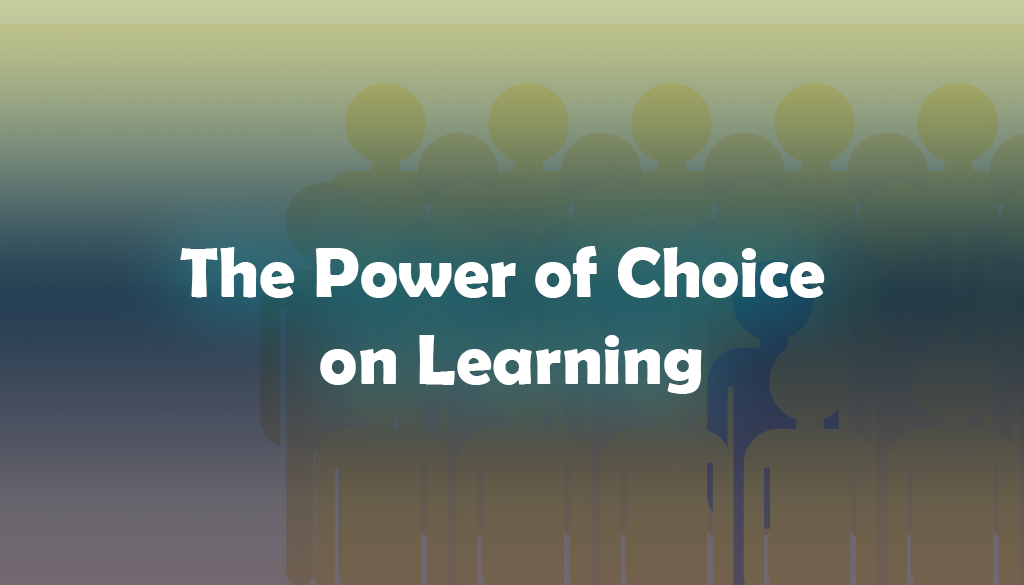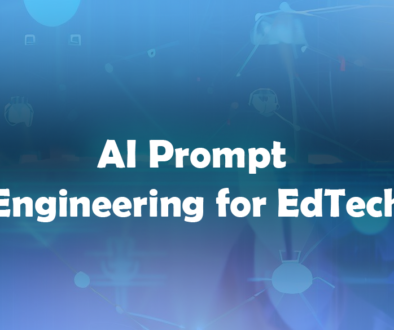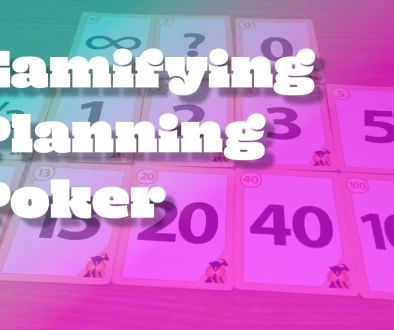The Power of Choice
James Paul Gee is a prominent scholar in the field of education and learning, particularly known for his work in the areas of literacy, linguistics, and digital media. His contributions to the understanding of how people learn and the role of technology in education have been influential in shaping the discourse surrounding EdTech and freedom of choice in learning.
James Paul Gee’s work emphasizes the importance of active engagement and the role of video games and digital media in fostering deep learning experiences. He argues that well-designed games and interactive digital platforms can provide learners with a sense of agency, problem-solving opportunities, and the freedom to make meaningful choices within a virtual environment.
Incorporating Gee’s insights into EdTech software design can lead to the creation of more engaging and effective learning tools. By considering his research on situated learning, multimodal literacies, and the notion of “affinity spaces” where learners collaborate and share common interests, EdTech developers can create software that not only offers freedom of choice but also encourages collaboration, critical thinking, and development of 21st-century skills.
One of the things that I’ve learned from James’ work, and watching his videos is that the ability to have agency in your learning is critical. Whenever one endeavors to build a learning system, one should always include some Player agency so that users feel empowered in their learning path.
let’s explore how the incorporation of freedom of choice within these software solutions can significantly enhance motivation and drive among learners.
Agency and Choice
Freedom to choose, or agency, in EdTech, learning, and game software, refers to the flexibility and autonomy that users have in shaping their learning experiences. It allows learners to decide what, when, and how they learn. Here’s why this principle is indispensable in motivating and empowering learners:
- Personalization Drives Engagement: Applications that offer a variety of learning paths, resources, and content enable users to personalize their learning journeys. When learners can make real choices that genuinely interest them, they become more engaged in the learning process. This engagement leads to increased motivation and a higher likelihood of success. This does not always have to be important choices, it can be optional things to learn more about, the decision to watch a video or skip it. The fact that they have a way to make choices, makes them more likely to feel in control.
- Ownership of Learning: Freedom of choice empowers learners to take ownership of their experience. When users have the autonomy to set their goals and select their learning materials, they become more committed to their educational pursuits. This sense of ownership fosters a proactive attitude towards learning. To empower ownership, customization is a good tactic.
- Learning at One’s Pace: Allow learners to progress at their own pace in order to accommodate different learning speeds and abilities. For some, rapid advancement may be motivating, while others may prefer a more gradual approach. Freedom of choice in pacing ensures that learners do not feel rushed or left behind. It’s not always the case that the student who is learning slower is at a disadvantage, we should always consider that each individual is on their own path, and has only as much time as they have.
- Boosting Intrinsic Motivation: James Paul Gee’s discussion of intrinsic motivation, which stems from personal interest and satisfaction, is a powerful driver of engagement, and a powerful driver for learning. When learners can find motivation from within themselves, that can become a very powerful motivator. Intrinsic motivation increases the sense of accomplishment and fulfillment, which fuels their motivation to continue learning. It’s not easy, or often even possible to create this motivation in someone who does not want to engage at all. But it is possible to help someone who is interested.
- Flexibility for Diverse Audiences: As mentioned with pacing, catering to a diverse audience with varying backgrounds, goals, and learning needs makes whatever product you are working on more valuable. Aside from pacing, including more options and customizations that can make the product adapt for more users, including accommodations where the software can help learners who benefit from extra scaffolding to make the software more accessible. Adapting the software for your users makes them more likely to find it useful, and engage and learn.
- Empowering Lifelong Learners: Applications should not be limited to formal education. When designing, design for all learners, including lifelong learners. Encourages users to view learning as an ongoing journey, promoting the development of skills and knowledge throughout their lives. But also consider every age of learner, as a possible user of the software. For instance, if you created a “learn to read” game or application, you might decide to target very young children, but if possible, why not consider people who are learning a second language, or learning later in life. Always try to include all the possible users.
- Encouraging Exploration and Creativity: Some learners enjoy exploring, they are more likely to discover unexpected interests and connections between subjects. This exploration fosters creativity and innovation. There are many different types of intrinsic rewards, and creativity can help some learners to engage. It also leads to that sense of ownership mentioned earlier. The more time you invest in your learning, the more likely you are to feel ownership over it.
Conclusion
Designing software that empowers users to shape their learning experiences can significantly boost motivation and engagement among learners. Prioritizing at least some personalization, autonomy, and flexibility can create a conducive environment for learners to engage, and engagement can learn to improved outcomes.
Let’s use choice to create innovative, user-centric learning solutions.


